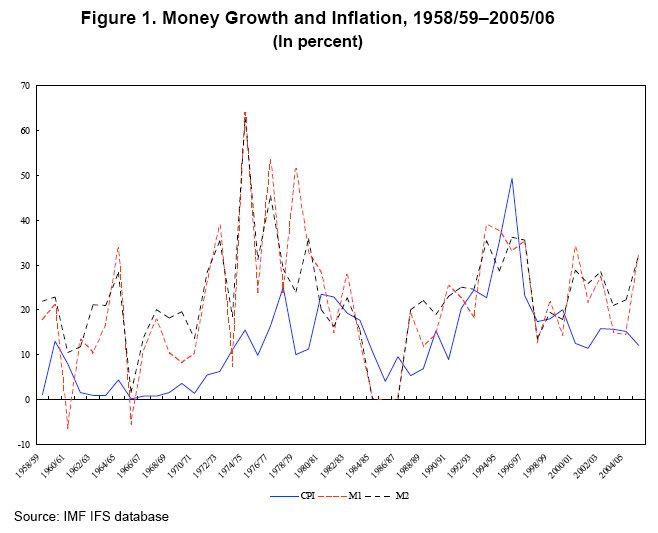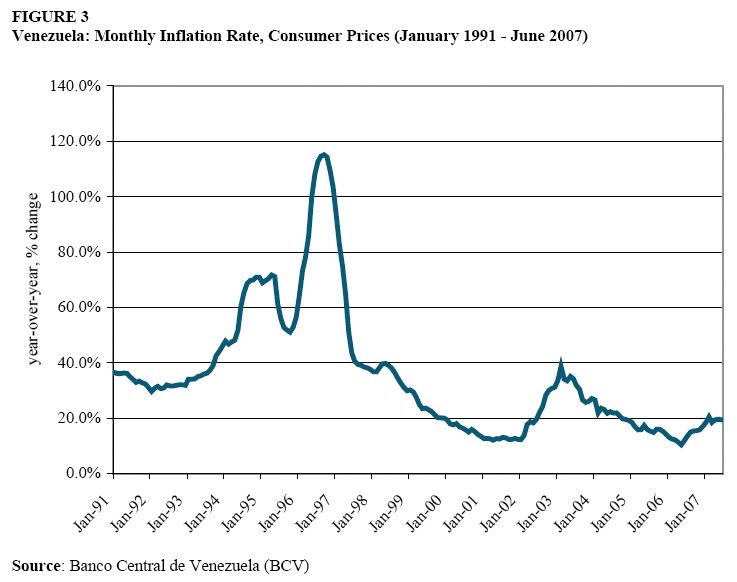The Islamic Revolution Devotees Society -- a fundamentalist grouping of revolutionary veterans co-founded by Mr Ahmadinejad -- has added its voice to a rising chorus of economic discontent by warning the president that spiralling living costs are hurting the poor and undermining his stated goal of social justice.The rift, however, is no news. The Islamic Revolution Devotees Society (Jamiyat-e Isargaran-e Inqilab-e Islami), the group most of whose members' views are not fundamentalist in any recognizable sense but, if anything, technocratic, didn't back Ahmadinejad in the first round of the 2005 presidential elections, endorsing Mohammad Baqer Qalibaf instead:
The society says the government is to blame because it embarked on extravagant projects while failing to control the money supply. . . .
The latest report implicitly criticises his contemptuous view of economics by describing it as a "specialised science" and says Iran's inflationary problems cannot be solved by "ad hoc decisions". That may partly refer to one of Mr Ahmadinejad's most controversial recent moves in which he ordered banks to cut interest rates to 12% - below inflation, which is estimated at between 20% and 30%. ("Party Turns on Ahmadinejad over Attitude to Inflation," 20 September 2007)
Neither is the current level of inflation -- which Tait exaggerates, citing no sources -- new in Iran, which has seen much worse. According to none other than the International Monetary Fund:
- The Isargaran eventually backed the candidacy of national police chief and former Revolutionary Guard Mohammad Baqer Qalibaf, announcing that he won out over Ahmadinejad, Larijani, Ali-Akbar Velayati, Mohsen Rezai, and Ahmad Tavakoli, 'Siyasat-i Ruz' reported on 30 May. (Bill Samil, "Iran: A Rising Star In Party Politics," Radio Free Europe/Radio Liberty, 7 November 2005)
- The Devotees Society held its third congress in early March, but Ahmadinejad was in Malaysia at the time. But 'Sharq' suggested on March 4 that the president's absence could be traced to the society's failure to support him in the first round of the June 2005 election in favor of Mohammad Baqer Qalibaf. (Bill Samil, "Analysis: Rivalries Heat Up Among Iran's Conservatives," Radio Free Europe/Radio Liberty, 25 April 2006)
Iran has a history of relatively high inflation, with CPI inflation averaging more than 17 percent since the 1979 revolution. . . . The 1979 revolution clearly represents a breaking point in the money-inflation relationship. Inflation increased significantly following the revolution (from 6.6 percent to 17.4 percent on average), but the acceleration in money growth was almost negligible (from 23.8 percent to 24.6 percent on average). After the dramatic increase experienced in the mid-1990s, when it reached a peak of 50 percent, inflation declined up until the first quarter of 2006/07, though the annual average remained in the double digits. (Leo Bonato, "Money and Inflation in the Islamic Republic of Iran," IMF Working Paper, May 2007, p. 3-5)See, also, "Figure 1. Money Growth and Inflation, 1958/59-2005/06" on page 4 of the same paper.
Iran's Central Bank calculates that inflation stands at 17.1% now ("Summary Results of the Consumer Price Index in Urban Areas in Iran," 22 June - 22 July 2007), which is just about the post-revolution average. The IMF estimates it to be 17.8% in 2007, projected to decline to 15.8% in 2008.
It's basically the same domestic policy of low interest rates as Venezuela's, and the same global economic trends, that are adding to the price pressures in Iran, and the same policy of large subsidies as Venezuela's also cushions inflation's impacts on the poor in Iran, despite economists, technocrats, and journalists speaking in the name of the poor but actually rooting for neoliberal solutions -- namely raising interest rates and cutting subsidies for the poor.
Mark Weisbrot and Luis Sandoval write in "The Venezuelan Economy in the Chávez Years" (July 2007) that "[r]eal interest rates have been negative throughout the recovery as measured by the 90-day deposit rate or most of the recovery, as measured by the lending rate" (p. 17). Pushed also by expansive fiscal policy, Venezuela's inflation, currently running at 19.4 percent, exceeds the government's target. But they also note that "it should be emphasized that double-digit inflation rates in a developing country such as Venezuela are not comparable to the same phenomenon occurring in the United States or Europe," pointing out that Venezuela experienced far worse inflation in the 1990s (p. 2).
The same can be said about Iran.
Why have Weisbrot and Sandoval made efforts to clarify the economic history of Venezuela? Because they know that journalism heightening economic anxieties, which in turn will have negative impacts on real economy, is part of the ruling class propaganda that needs to be countered.2
Leftists ought to be doing the same about Iran's economy, but they don't. Rather, most of them do the opposite, apparently having convinced themselves that any economic propaganda against the "Iranian regime" is in the interest of Iran's working class, which isn't true. All that propaganda against populism does is to help Iran's ruling class push for neoliberal economics and help Washington in its campaign to economically isolate Iran.
1 One learns that Tait has an agenda of promoting Rafsanjani, which in part explains how he reports on Iran's economy and domestic faction fights: Hossein Derakhshan, "Robert Tait Markets Rafsanjani to Americans," Editor: Myself, 21 August 2007.
2 They know their history: "Predictions of economic collapse under Allende were replayed in CIA-generated articles in European and Latin American newspapers" (Church Report, "Covert Action in Chile 1963-1973," 18 December 1975). But nowadays the hegemony of neoliberal economics is such that the CIA doesn't even need to plant a story. The media do it all on their own.






No comments:
Post a Comment